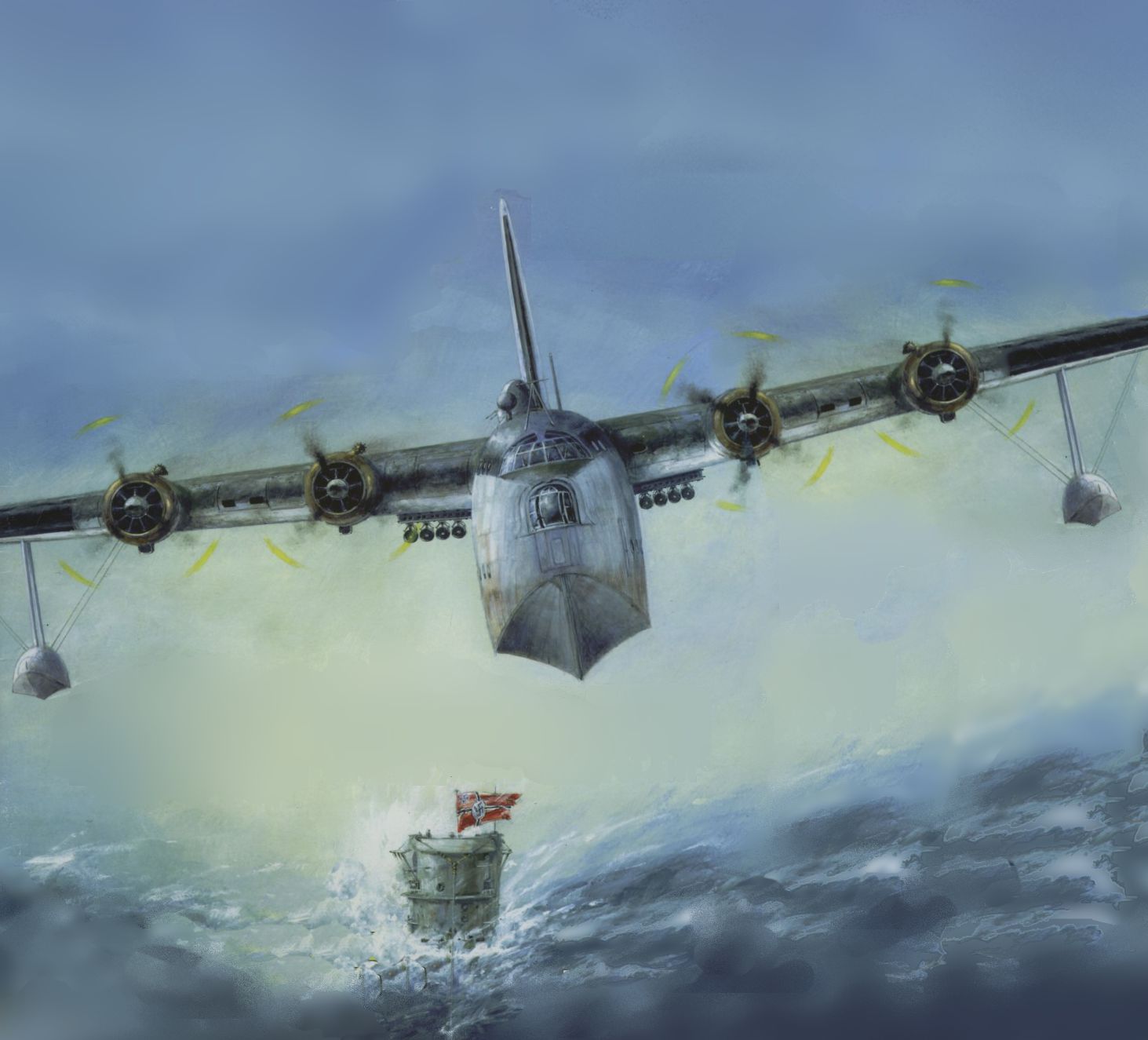Here's a question which has always intrigued me.
Why the nickname? In its basic form, the Shorts Sunderland was no better armed than any of the four engined heavies of the RAF (and even some of the twins...)
Depending on production model, it seems it had the standard four gun FN tail turret, a one or two gun front turret - and either a twin gun dorsal turret, or two dorsal openings with manually operated Vickers K (I'm presuming single mounts. All guns in 0.303
Later models introduced four fixed browning forward so the pilot could strafe the decks of U boats to keep their AA gunners heads down (but thats probably of little relevance to wary JU88 or 110 crew inventing nicknames, I would have thought...?)
I've read that occasionally a pair of .50s were mounted through the side hatches... but even with these, its hardly a 'porcupine'. I HAVE read *somewhere* (though lord knows quite where) that it could have mounted 'up to 16 guns'. But what? And where? Are there any photos or descriptions?
Why the nickname? In its basic form, the Shorts Sunderland was no better armed than any of the four engined heavies of the RAF (and even some of the twins...)
Depending on production model, it seems it had the standard four gun FN tail turret, a one or two gun front turret - and either a twin gun dorsal turret, or two dorsal openings with manually operated Vickers K (I'm presuming single mounts. All guns in 0.303
Later models introduced four fixed browning forward so the pilot could strafe the decks of U boats to keep their AA gunners heads down (but thats probably of little relevance to wary JU88 or 110 crew inventing nicknames, I would have thought...?)
I've read that occasionally a pair of .50s were mounted through the side hatches... but even with these, its hardly a 'porcupine'. I HAVE read *somewhere* (though lord knows quite where) that it could have mounted 'up to 16 guns'. But what? And where? Are there any photos or descriptions?


